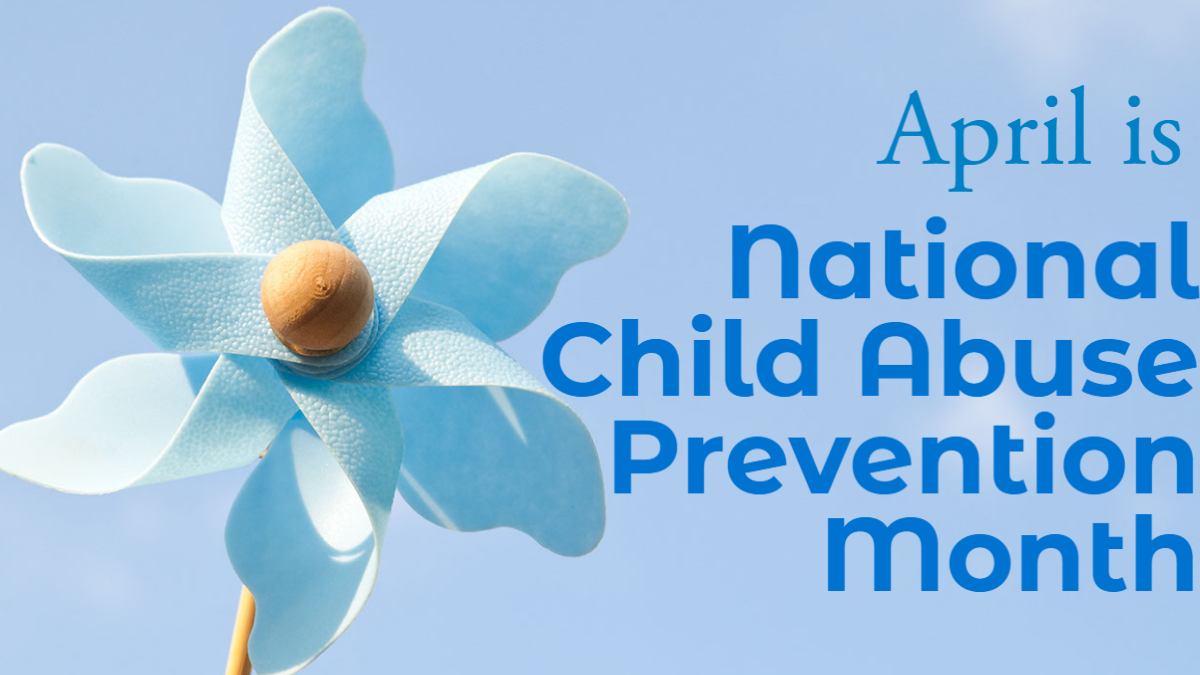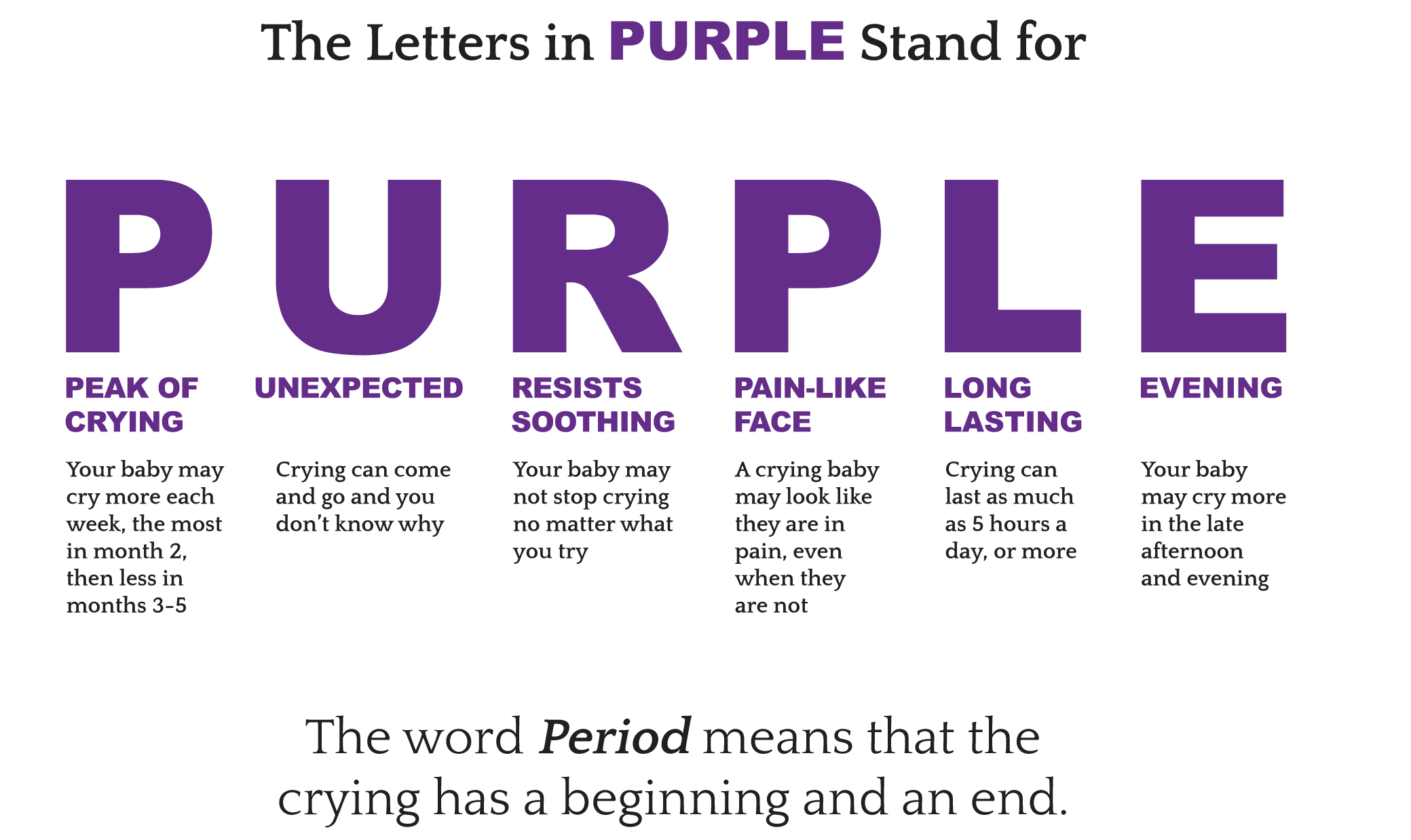Your Cart
April is Child Abuse Prevention Month

Content Warning: This post contains information about child abuse.
A report of child abuse is made every ten seconds (childhelp.org).
Brain injuries are among the most common causes of death in children under two years old. Pediatric abusive head trauma (AHT), or shaken baby syndrome, is the most dangerous and deadly form of child abuse. “Shaken baby syndrome” (SBS) is used to describe brain injury symptoms consistent with shaking a small child.
Causes of Abusive Head Trauma include:
- Shaking
- Blunt impact
- Suffocation
- Strangulation
Risk factors for AHT
Child abuse affects all communities. Parents or caregivers can often get frustrated, have a history of domestic violence, lack support from others, or behavioral health problems leading to AHT in infants.
Abusive head trauma harms infants because their neck muscles are weak and unable to support their heads. Even impact against soft objects can result in injury.
Signs and Symptoms of Abusive Head Trauma
- Decreased levels of consciousness
- Seizures
- Lethargy or apnea
- Poor feeding
Long Term Effects of Head Trauma on Infants
More than 50% of children between ages 0-4 will die before they turn 21 due to abusive head trauma. Approximately 65% of children with a history of abusive head trauma have significant long-term neurological disabilities. According to the National Center on Shaken Baby Syndrome, more than 80% of surviving victims suffer lifelong disabilities.
Long-term consequences include:
- Learning or physical disabilities
- Visual disabilities or blindness
- Hearing impairment
- Speech disabilities
- Cerebral Palsy
- Seizures
- Behavior disorders or cognitive impairment
And survivors often require:
- Long-term education
- Occupational, physical, speech therapies
- Nursing home care
Prevention
Prevention is key. Reducing child abuse, maltreatment, and increased education are preventative measures to abusive head trauma. Organizations like the Period of PURPLE Crying Program and The National Center on Shaken Baby Syndrome both offer education to parents to increase skills and confidence.

Brain Injury and Children
BIAV has recently updated our Children: What to Expect page. The brain of a child is continuing to develop. Research has shown that although a child can appear to recover more quickly from a brain injury than an adult, this is not the case. A brain injury actually can have a more devastating impact on a child than an injury of the same severity on a mature adult. Explore our new page for resources and tips for parents, brain injury in different age ranges, and more.
Reference: Pediatric Abusive Head Trauma.
